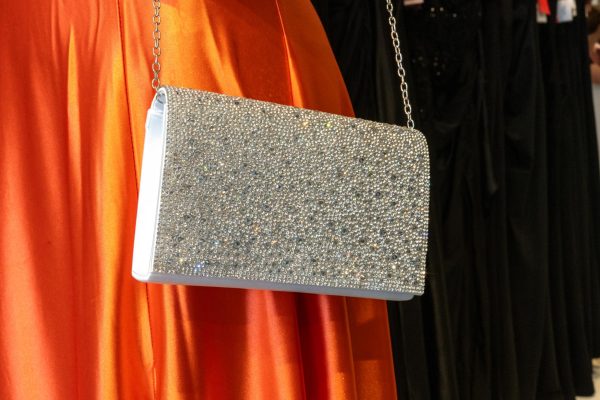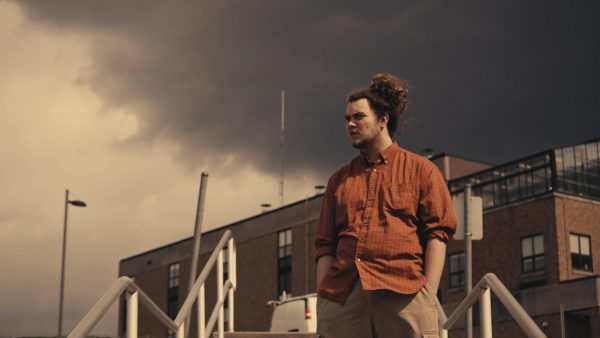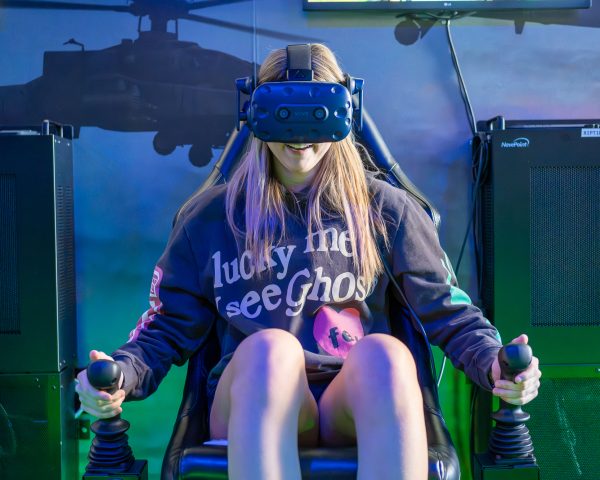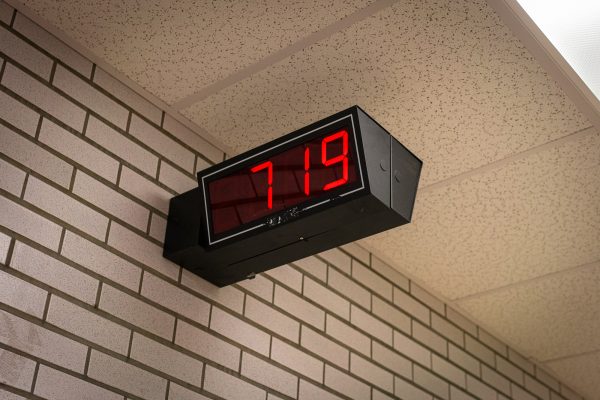The Weekender: Pittsburgh Art Museums
The foundation of our city’s awe-inspiring art scene
Pittsburgh is home to one of the most prominent and interesting art communities on the east coast. With citywide support as the backbone, Pittsburgh arts have flourished—from more formal museums and galleries to casual street art and sculpture—leaving something for everyone to enjoy.
The Pittsburgh arts scene will satisfy all kinds of tastes and styles.
If the Pittsburgh art scene is something you’ve never checked out, think about looking into these three artistic and historic powerhouses.
The Carnegie Museum of Art was among the first modern art museums of its kind in the United States. The museum’s mission stems directly from Andrew Carnegie’s love of all things contemporary and also his determination to record America’s art history for others to see. Founded in 1895, this museum has maintained its strong reputation as the internationally renowned home of varying galleries and exhibitions that Carnegie would refer to as the “Old Masters of tomorrow.”
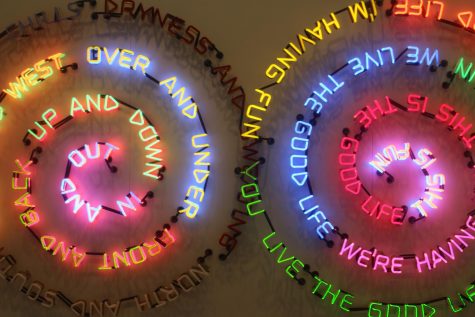
Nearly 30,000 paintings, drawings, sculptures, renderings, and photographs populate the space today, making the Carnegie Museum of Art one of most progressive art institutions nationwide. And its ever-growing collection ensures for a unique visit each time.
In 2018, the museum was specifically transformed for the 57th Carnegie International, where 32 artists from all around the world came together to create and highlight global styles that will be on display until March 25th, 2019.
The Mattress Factory was created in 1977 in an effort to support residential artists on Pittsburgh’s Northside. The idea of a residency proved somewhat new and experimental but has resulted in some of the most noteworthy creations in modern art today. Over the years, this installation-driven gem has commissioned the dazzling, inventive works of more than 750 artists and collectives.

Their utilization of technology, openness to interactive pieces, and push against the bounds of art standards have all contributed to the museum’s success. Additionally, the ascendancy of this site has helped to bring cultural tourism and artistic interest to the Northside neighborhood, allowing for both economic growth and redevelopment in the area.
For any art enthusiast, the museum’s consistent changes in both installations and featured artists culminate in an experience uncommon and special.
Andy Warhol was born into a working-class Pittsburgh family in 1928. As a young child, he was faced with the challenges associated with Sydenham’s chorea, a condition that caused involuntary movements of his arms and legs. Bed-ridden, Warhol spent the majority of his time drawing and collecting pictures of the famous icons of his time, and many years later he moved to New York City to make a name for himself as an up-and-coming artist.
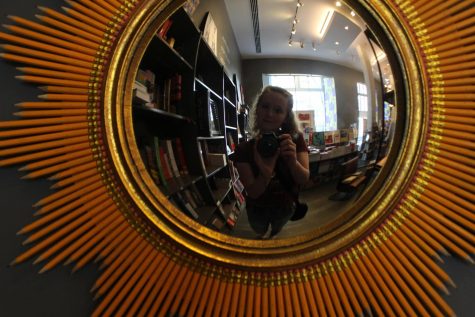
During the prime of his career, Warhol experimented with pop art, silkscreen printing, sculpture, and other media to bring his beautiful ideas to life. Warhol highlighted the sometimes dark nature of our society as well as the color and vibrancy of his. He died in NYC at the age of 58.
Only two and a half years later, however, plans for a museum that would showcase the manifestation of his various works over the years and his lasting legacy were announced to the public. Today, The Warhol is one of four Carnegie Museums of Pittsburgh and is one of the most thorough and inventive single-artist museums in the world.

Katelyn Steigerwald is a senior at North Allegheny Senior High and is thrilled to serve as Features Editor for the NASH Uproar this year. When not stressing out about something trivial, she enjoys social studies, choir, and various writing electives. Katelyn plans on studying Secondary Education at Point Park University next fall.

